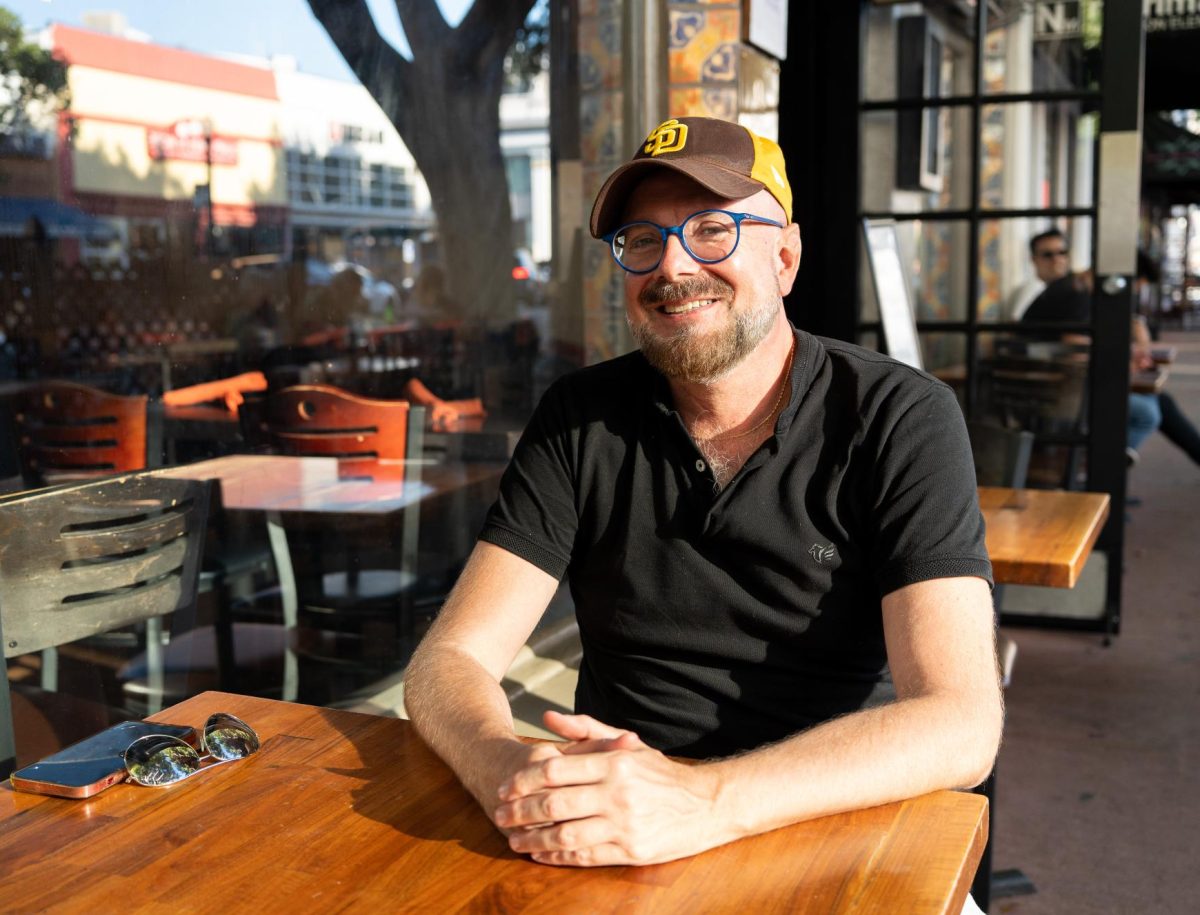The Marine Technology Society’s Lockheed Martin Award for
Excellence in Ocean Science and Engineering was presented to John Orcutt,
professor of geophysics at Scripps Institute of Oceanography, last month at the
annual Oceans Marine Technology Society/Institute of Electrical and Electronics
Engineers conference.
Orcutt was honored for his contributions in the development
and operation of ocean bottom seismographs and hydrophones, which have aided
significant advances in marine seismology and long-term ocean observations by
the oceanographic community.
Awarded annually by MTS, the recipient is recognized for the
highest degree of technical achievements in the field of marine science,
engineering or technology.
Orcutt has played an instrumental role in improving ocean
research and education. Other
accomplishments include the introduction of continuous Internet connections to
research vessels and his efforts in starting the National Science Foundation’s
Ocean Observatories Initiative.
Orcutt was formerly the director of Scripps’ Cecil H. and
Ida M. Green Institute of Geophysics and Planetary Physics for 18 years and
served as deputy director of SIO from 2002 to 2006. Currently, he is a member of the board of
governors for the Southern California Coastal Ocean Observing System, designed
to make observations, collect real-time data and develop models of
environmental phenomena.
Study Links TV to Blood Pressure in Obese Kids
A new study on childhood obesity, led by UCSD researchers,
shows that watching too much TV may lead to high blood pressure in overweight
children.
Perrie Pardee and Jeffrey Schwimmer, M.D., researchers from
the pediatrics department at UCSD, advise parents to follow recommendations
from the
limiting television to two hours a day of educational and nonviolent programs.
Pardee, Schwimmer and other colleagues studied 546 obese
children and teenagers who sought obesity treatment between 2003 and 2005. Parents reported how much TV their child
watched on a typical day, and the child’s blood pressure was recorded. About 43 percent of the children had blood
pressure readings that were in the hypertension range.
Results from the study suggested that children who watched
two to four hours of TV daily were more than twice as likely to have high blood
pressure than children who watch watched no more than two hours of TV.
Other recommendations from the AAP include forbidding TV
while eating and preventing children who are two years old or younger from
watching TV.







